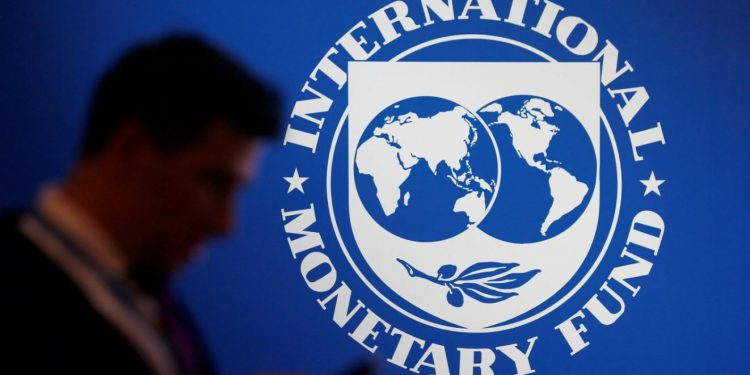Colombo: Sri Lanka’s much-anticipated IMF bailout of an assistance package of USD 2.9 billion will have to wait till early next year as the country pursues talks with creditors to meet the global lender’s condition for the facility.
Sri Lanka and the IMF agreed on a staff-level agreement to release USD 2.9 billion over 4 years – the bail-out expected in the island nation’s ongoing economic crisis caused by forex shortages.
As the International Monetary Fund has made debt restructuring a pre-requisite for the facility, the release of funds is currently on hold.
Addressing a press conference here today, Finance Minister Shehan Semasinghe said that the accord from Sri Lanka’s creditors has not been received yet.
“We are still in the process to obtain the necessary assurances”, Semasinghe said, adding that they would not be forthcoming before the year-end.
He however stressed that this delay did not mean that the IMF facility would not be made available.
“We were hoping that the necessary assurances would be available by the beginning of December”, Semasinghe said.
Taking to Twitter, he wrote, “The authorities are having continuous progressive discussions and exchange of information. We will miss the intended formal approval of @IMF in December, but are working hard to complete the required process by early next year”.
Also Read – SL Prez Wickremesinghe holds all-party meeting on 13A for peaceful resolution of Tamil issue
“We have been talking to Paris club members, India, China, and Japan on debt restructuring to obtain financial assurances”, he said.
Sri Lankan President Ranil Wickremesinghe recently said that India and Sri Lanka held “successful” talks on debt restructuring and the country will also begin discussions with China, as it scrambles to get assurances from major bilateral creditors to close the crucial deal with the IMF.
Since the staff-level agreement with the IMF was announced in August, Sri Lanka has appointed advisers for debt restructuring.
The embattled nation tapped IMF in mid-April for a bailout after it announced its bankruptcy.
The government declared a debt default on over USD 51 billion in foreign loans, including that of China- a first in the country’s history.
The debt default came as public protests raged over the then President Gotabaya Rajapaksa’s government’s mishandling of the country’s economic crisis.
The popular uprising in mid-July saw the resignation of president Rajapaksa. His government was under scrutiny for ignoring the IMF option when it seemed that the nation’s pandemic-hit economy needed a bailout.
Rajapaksa government’s tax slashes which reduced government revenue were also blamed as a reason for the unprecedented economic crisis.







































